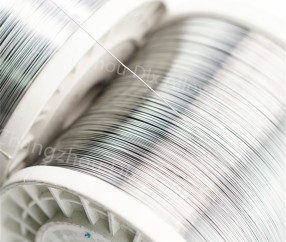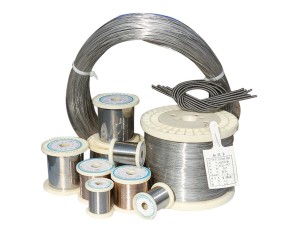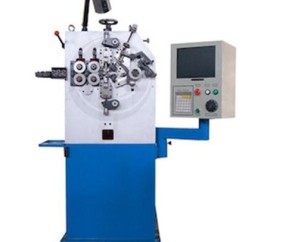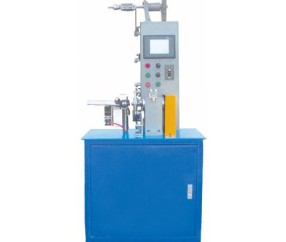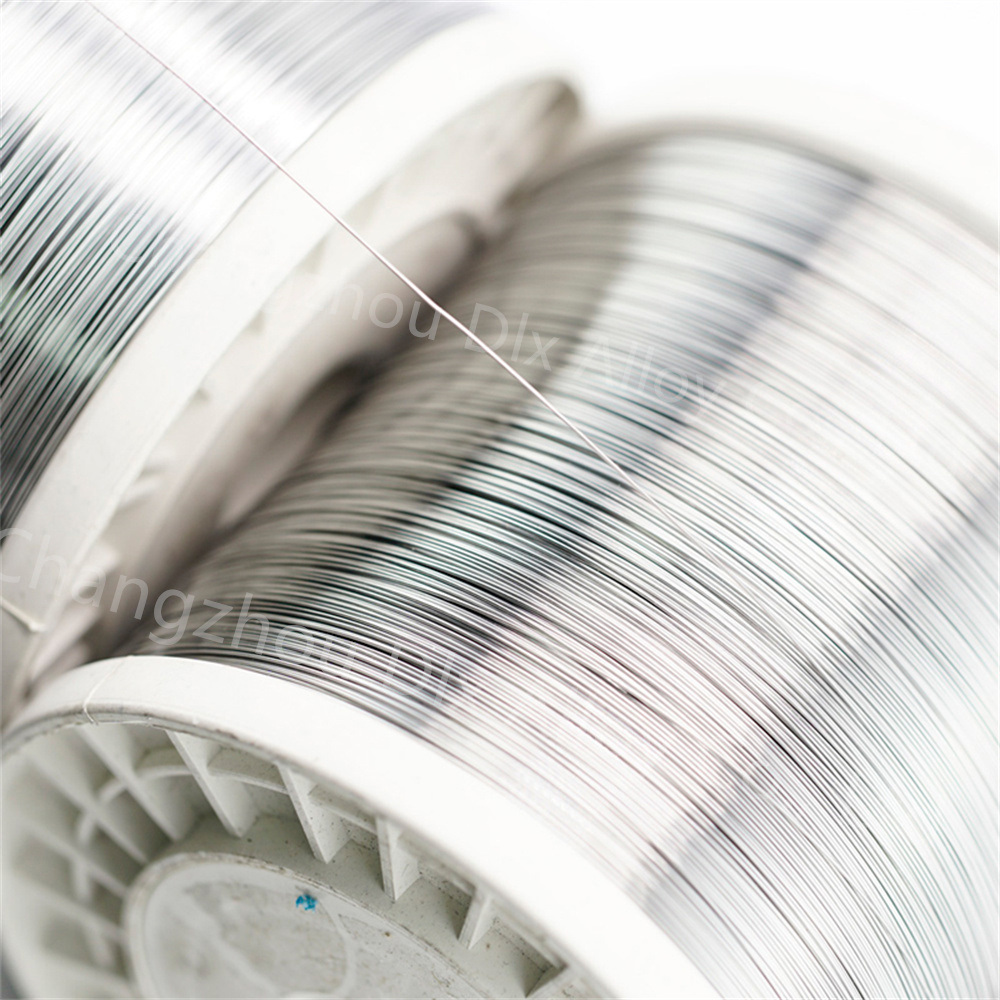
Can Stainless Steel Wire Be Used as a Heating Resistance Wire?
- Product Details
🔥 Can Stainless Steel Wire Be Used as a Heating Resistance Wire?
Yes, stainless steel wire can be used as a heating resistance wire, but it is not the best choice compared to specialized heating alloys like FeCrAl or Nichrome .
📋 Why Stainless Steel Can Be Used:
Electrical Resistance:
Stainless steel has higher electrical resistivity than pure iron or copper, meaning it can generate heat when current passes through it.Heat Resistance:
Certain stainless steels, especially high-chromium grades like 304, 310, and 316, can tolerate relatively high temperatures (up to 800°C–1100°C depending on grade).Corrosion Resistance:
Stainless steel resists oxidation and corrosion better than plain steel, making it more durable in heating applications where moisture or air is present.
📋 Limitations Compared to Specialized Heating Wires:
| Factor | Stainless Steel Wire | FeCrAl/Nichrome Wire |
|---|---|---|
| Max Working Temperature | 800°C–1100°C (depending on grade) | 1200°C–1400°C (higher) |
| Oxidation Resistance | Good but limited at very high temps | Excellent, forms protective oxide layers |
| Electrical Resistivity | Moderate | Higher, better for heating efficiency |
| Lifespan Under Heat | Shorter | Much longer |
Summary:
Stainless steel wires can work for low to medium temperature heating applications like:
Small heaters
Defrosting units
Moderate temperature furnaces
Some home appliances
But for continuous, high-temperature heating elements (like industrial furnaces, toasters, hair dryers), it’s better to use FeCrAl or Nichrome wires because they are specifically engineered for long life and high efficiency at elevated temperatures.
✅ Conclusion:
Stainless steel wire is a cost-effective option for moderate heating tasks, but if you require higher temperatures, better durability, and longer service life, specialized resistance alloys like Nichrome or FeCrAl are much better choices.


